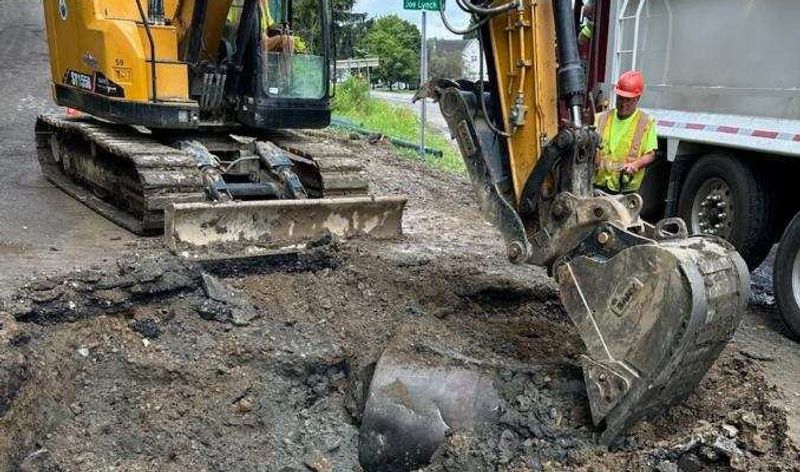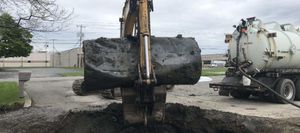Selling a Home With an Oil Tank
This is a info alert
This is a danger alert
This is a success alert
This is a warning alert
This is a dark alert

Introduction
Selling your home with a heating oil tank—especially an underground one—can complicate your transaction. Many buyers and lenders view older tanks as environmental liabilities. Whether your tank is active, unused, or already removed, here’s what you need to know to disclose properly, reduce risk, and protect your sale.
🏠 Key Risks of Selling a Home With a Tank
Buyer hesitation or reduced offers
Tanks raise red flags about potential leaks or hidden cleanup costs.Lender and insurance concerns
Some lenders and insurers require tanks to be removed or inspected before approving loans or coverage.Closing delays
Lack of documentation on past removals or unknown tank status can stall the closing process.Legal liability
Sellers may be held responsible for known or undisclosed contamination—even after the sale.
✅ What Sellers Should Do
🛢️ Identify the Tank’s Status
Is it currently in use?
Is it underground or aboveground?
Has it already been removed—and do you have documentation?
📄 Gather Documentation
Removal permit and inspection reports
Soil test results (if applicable)
Disposal records or contractor reports
🧹 Consider Proactive Removal
Inactive or aging tanks may be best removed before listing.
This can increase buyer confidence and speed up negotiations.
🗣️ Disclose Honestly & Early
New York law requires disclosure of known environmental conditions.
Be upfront on listing materials and the property condition disclosure form.
📄 Sample Tank Disclosure Language
Property contains a decommissioned underground heating oil tank, properly closed per [Town Name] guidelines. Documentation and soil test results available upon request.
💡 Tips for a Smooth Sale
Talk to your real estate agent about local tank concerns.
If removing the tank, get soil testing to satisfy future buyers or lenders.
If keeping the tank, have it inspected and provide clear records.







